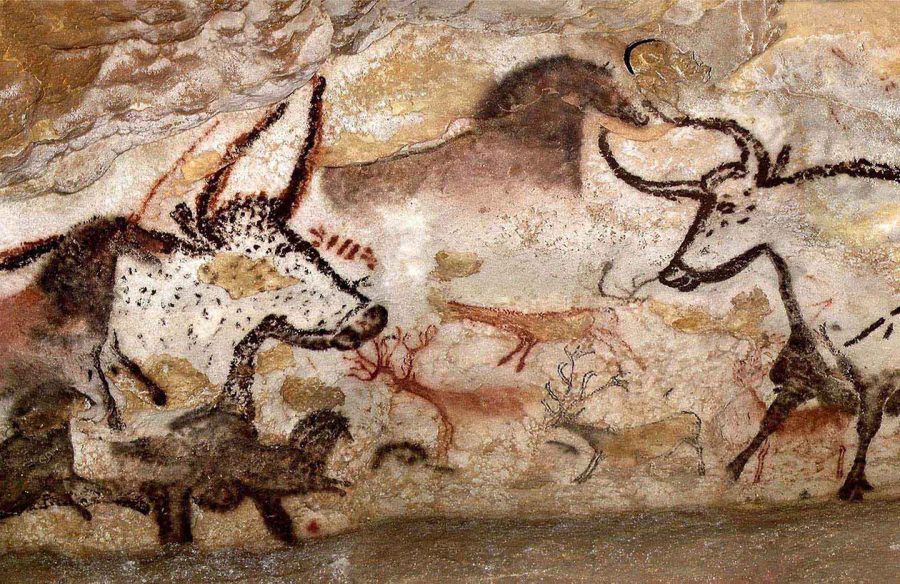Uncovering the Mystery: Tracing Back the Origins of Art
May 18, 2023
The origins of art can be traced back to the earliest days of human civilization. The first known examples of art date back to the Upper Paleolithic period, around 40,000 years ago. These examples include cave paintings and carvings, which were created by early humans using materials such as charcoal, ochre, and bone.
The exact purpose of these early works of art is unknown, but it is believed that they were created for a variety of reasons. Some experts believe that they were created as a form of communication, while others feel like they were created for religious or spiritual purposes.
As human civilization progressed, so did the art that was being created. In ancient Egypt, for example, art was used to tell stories and to depict the gods and goddesses that were worshiped by the people. In ancient Greece, art was used to celebrate the human form and to depict scenes from mythology.
During the Middle Ages, art was largely focused on religious themes. The Catholic Church was a major patron of the arts during this time, and many of the greatest works of art from this period were created for use in churches and other religious buildings.
The Renaissance was a period of great artistic innovation, with artists such as Leonardo da Vinci, Michelangelo, and Raphael creating some of the most iconic works of art in history. During this time, art became more focused on the individual, with artists seeking to create works that were both beautiful and meaningful.
In the centuries that followed, art continued to evolve and change. The Impressionist Movement of the 19th century, for example, sought to capture the fleeting beauty of the natural world, while the Surrealists of the 20th century sought to explore the workings of the human mind.
Today, art continues to be an important part of human culture. From the works of classic masters to the latest contemporary art installations, art continues to inspire, challenge, and delight people all around the world.




























